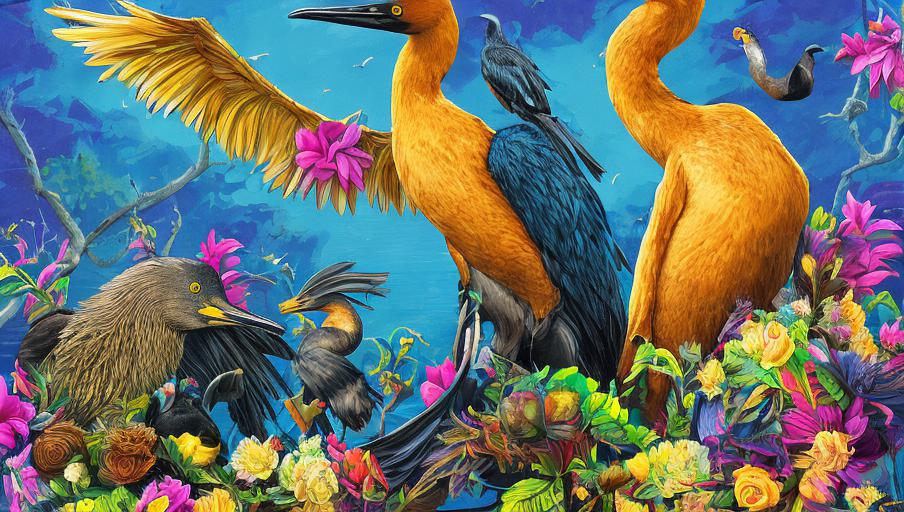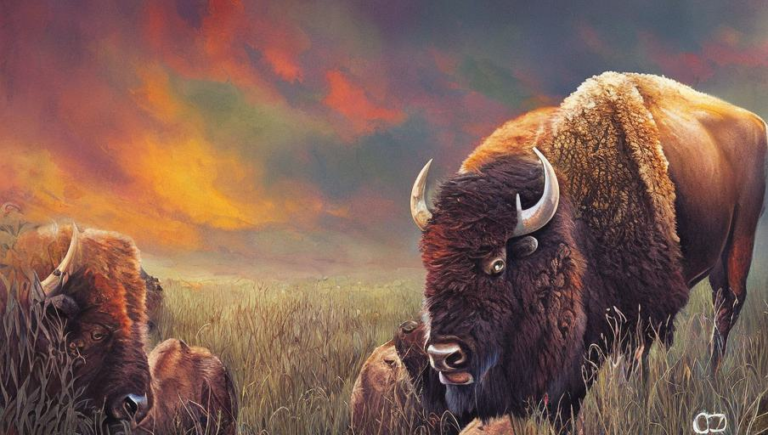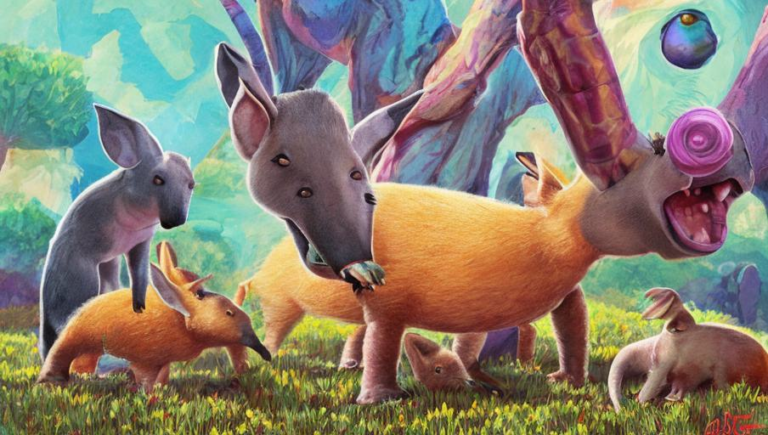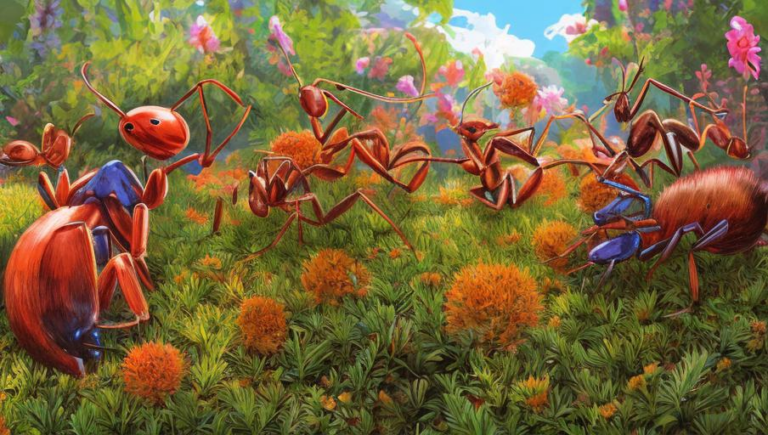Unveiling the Habits of Cormorants

Unveiling the Habits of Cormorants
Cormorants, a member of the family Phalacrocoracidae, are a type of aquatic bird found across the world. These long-necked birds have a varied range of habitats, from tropical to temperate climates. In addition to their impressive wingspan, cormorants have distinct features that make them easy to identify in the wild.
Appearance
Cormorants have several distinguishing characteristics. They have a long, slender neck and a muscular body, with a hooked bill and webbed feet. They also have a long tail and a crest of feathers on the back of their heads. Cormorants come in a wide range of colors, from black and white to brown and even blue.
Behavior
Cormorants are primarily aquatic birds, preferring to stay near the water. They hunt by diving in the water and catching their prey, using their powerful beaks and webbed feet. Cormorants will perch on rocks, branches, or logs near the water to eat their catch. They are also known for their long-distance migrations.
Habitat
Cormorants prefer to live near large bodies of water, and can be found in oceans, lakes, rivers, and even estuaries. They also live in wooded areas near the water, where they can find food and shelter. Cormorants are also found in wetlands, grasslands, and even deserts.
Conservation
Cormorants are listed as a species of least concern by the International Union for Conservation of Nature. Despite this, their numbers have been declining in some parts of the world, due to destruction of their habitats, pollution, and human interference. To ensure the conservation of cormorants, efforts have been made to protect their habitats and reduce the threats they face.
Conclusion
Cormorants are fascinating birds that are found in a variety of habitats. They have an impressive wingspan and are easily identifiable in the wild. They are also known for their long-distance migrations and aquatic lifestyle. To ensure their conservation, efforts have been made to protect their habitats and reduce the threats they face.





